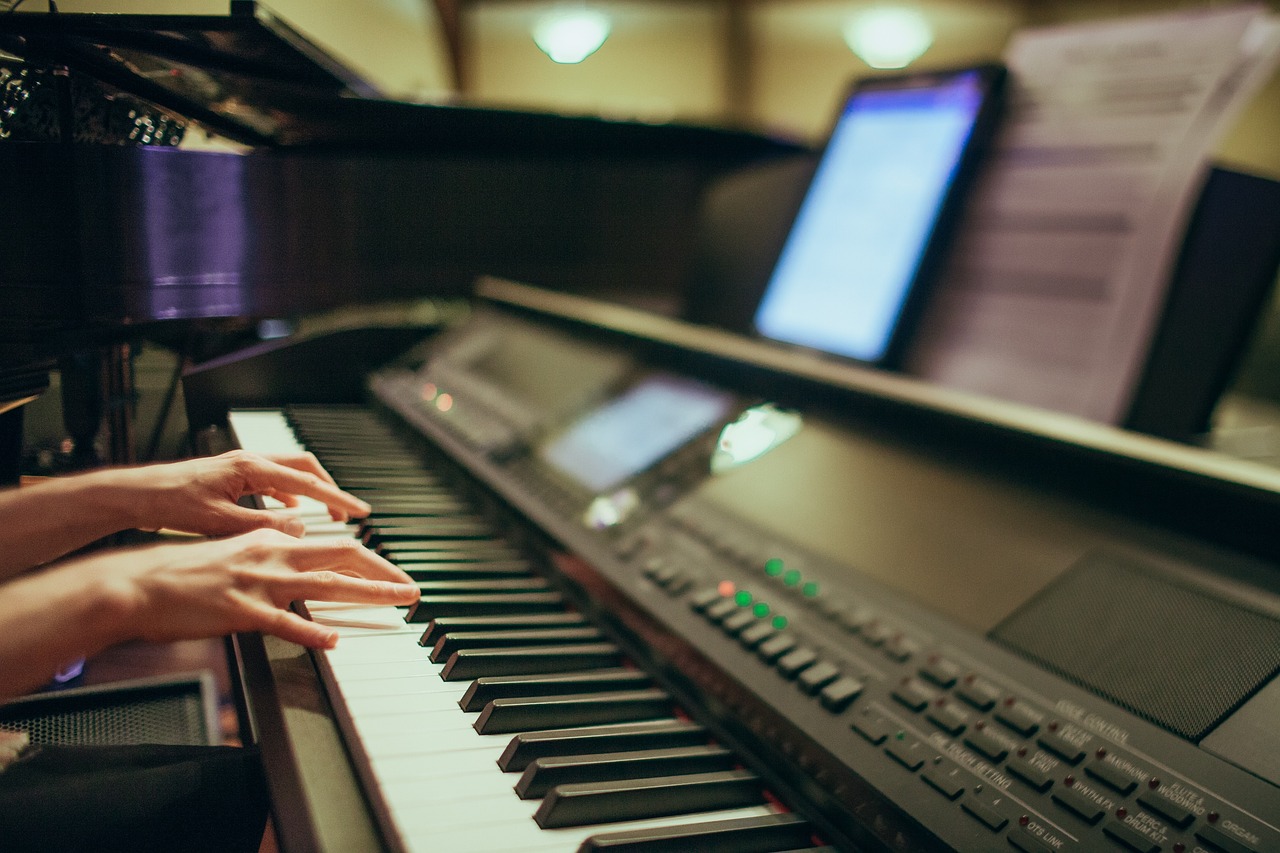
Digital pianos have become increasingly popular over the years, as they offer many advantages over traditional acoustic pianos. Not only are they more affordable and portable, but they also offer a range of features and options that make them suitable for a variety of different playing styles and skill levels.
However, with so many options on the market, it can be challenging to choose the right digital piano for your needs. In this context, we will explore some important factors to consider when choosing a digital piano, including keyboard action, sound quality, polyphony, connectivity, portability, additional features, and price. Understanding these factors will help you make an informed decision and choose the digital piano that best suits your preferences and requirements. It’s important to try out different keyboard actions and choose the one that feels most comfortable to you.
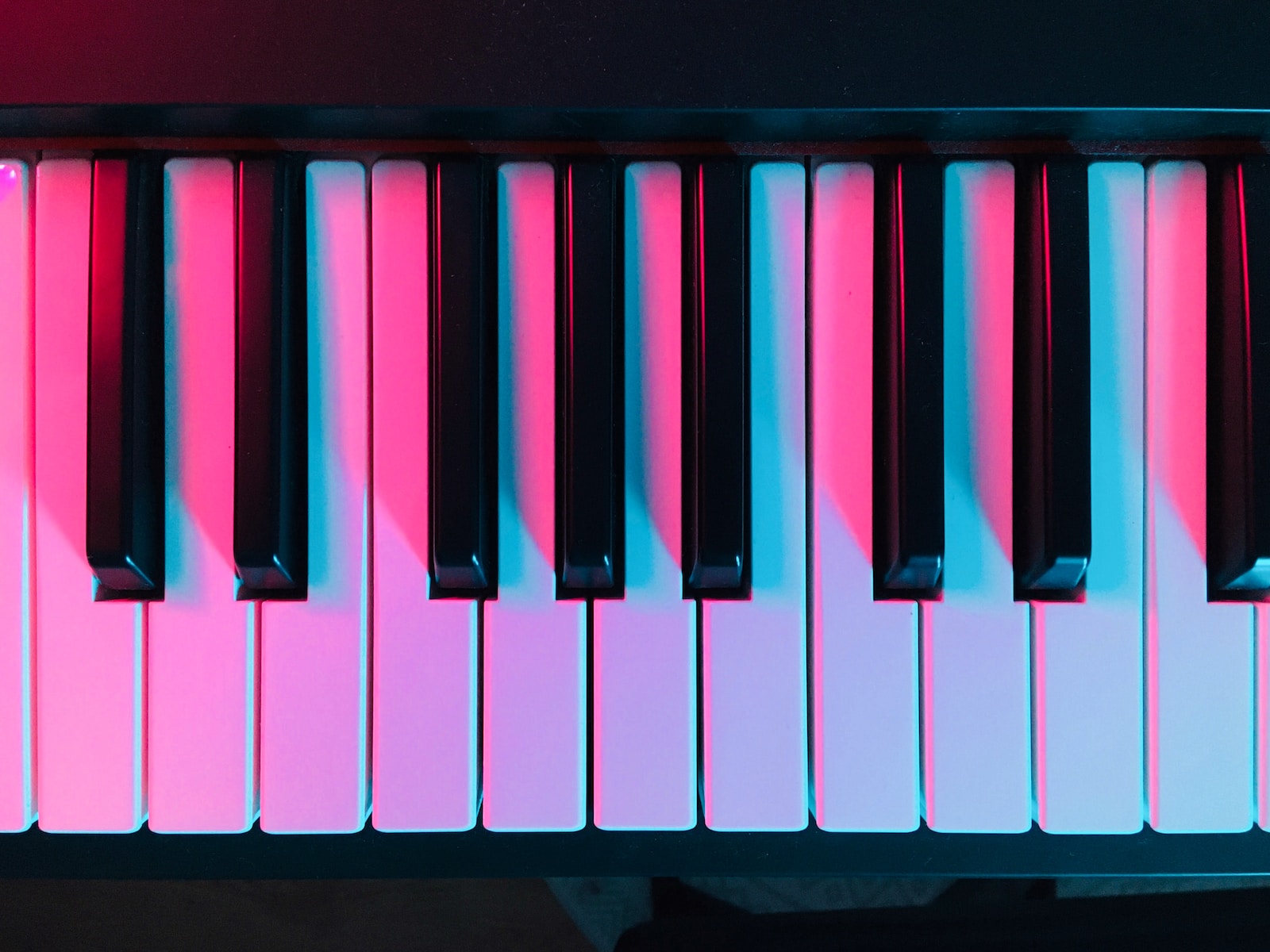
1. Keyboard action:
The keyboard action of a digital piano refers to the way the keys feel when they are pressed. Digital pianos can have weighted or semi-weighted keys that simulate the feel of an acoustic piano, or unweighted keys that feel more like a synthesizer.
- Weighted keys: These keys are designed to simulate the feel of an acoustic piano. They are heavier in the lower register and lighter in the higher register, just like a real piano. This can make it easier to play dynamically and expressively.
- Semi-weighted keys: These keys are similar to weighted keys, but they are lighter overall. They can be a good choice for players who want some resistance in the keys, but not as much as a fully weighted action.
- Hammer action keys: These keys simulate the hammers inside an acoustic piano. They provide a more realistic touch and feel than other types of keyboard action. However, they can be more expensive and heavier than other options.
- Unweighted keys: These keys are more common in synthesizers and electronic keyboards. They are lighter and easier to play than weighted keys, but they may not feel as realistic or expressive.
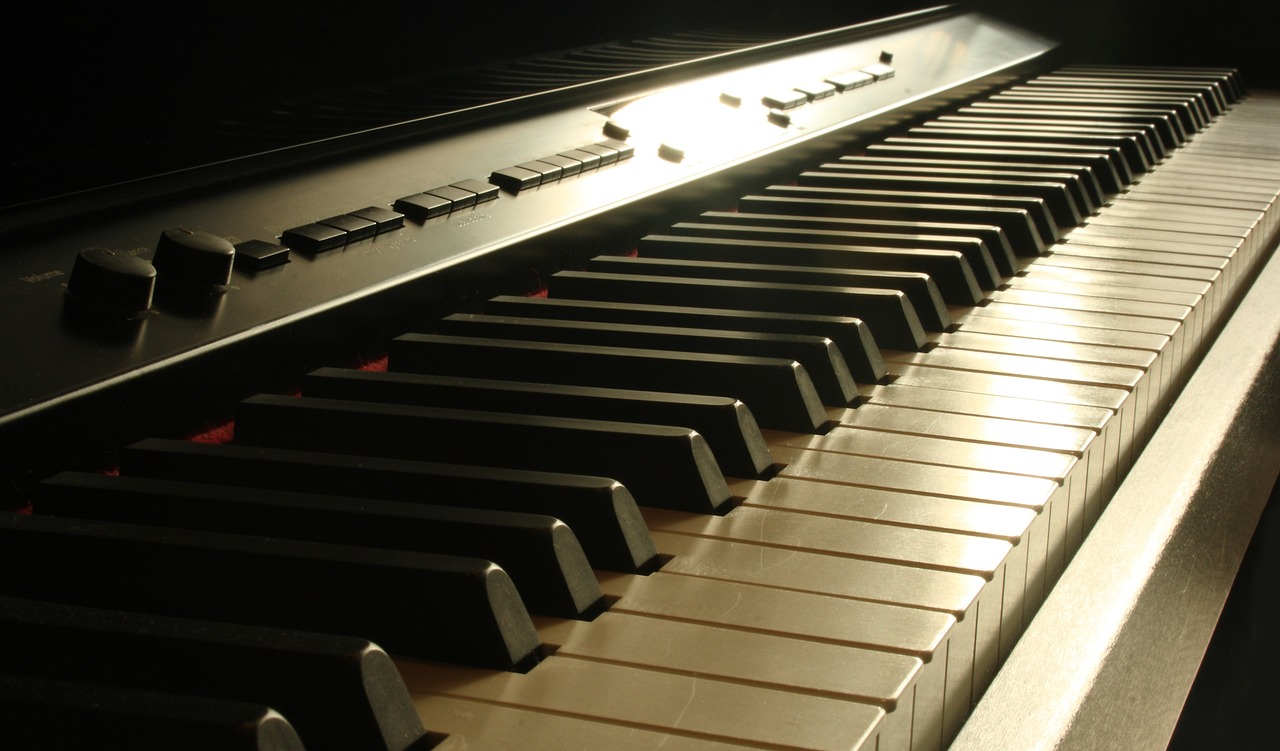
2. Sound quality:
The sound quality of a digital piano can vary depending on the type of technology used to generate the sound. Some digital pianos use samples of real acoustic pianos, while others use modeling technology to simulate the sound.
Both sample-based and modeling technologies can produce high-quality piano sounds, but they have their pros and cons. Sample-based digital pianos typically have a more authentic piano sound, but they may require more memory and processing power to store and play back the samples. Modeling digital pianos can be more customizable and offer a wider range of piano sounds and settings, but they may not sound as authentic to some players.
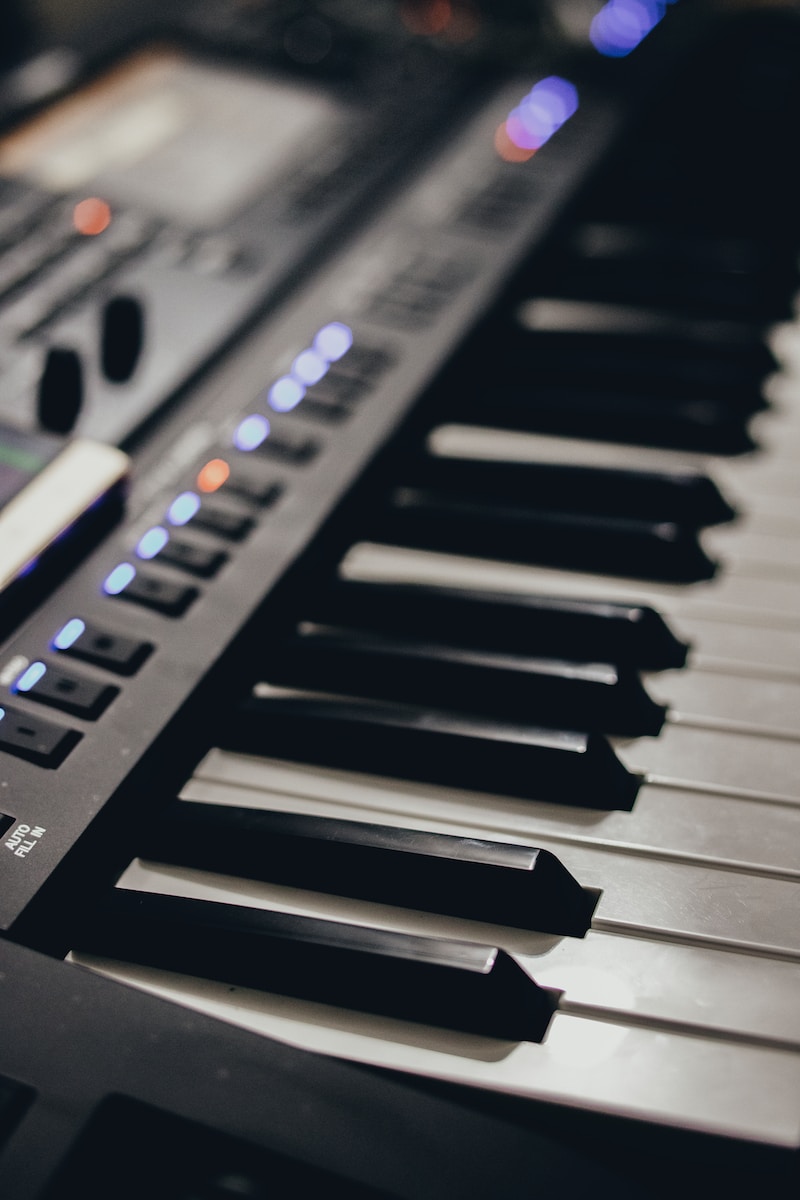
3. Polyphony:
Polyphony refers to the number of notes a digital piano can play at once. A higher polyphony allows for more complex playing and prevents dropped notes. For example, if you press down five keys at the same time, you’ll need a digital piano with at least a five-note polyphony to play all of them without any interruption. So if you plan to play pieces with multiple notes at once, it’s important to choose a digital piano with a high polyphony.
Most digital pianos on the market have a polyphony of 32, 64, 128, or even more notes. However, it’s important to note that not all of these notes are available for playing piano sounds. Some of them are used for background instrumentals or sound effects.
Additionally, some digital pianos offer a “dual” or “split” function, which allows you to play two different sounds at the same time or divide the keyboard into two sections to play different sounds with each hand. If you plan on using this feature, you’ll need a digital piano with a higher polyphony to ensure that both sounds can play simultaneously without interruption.
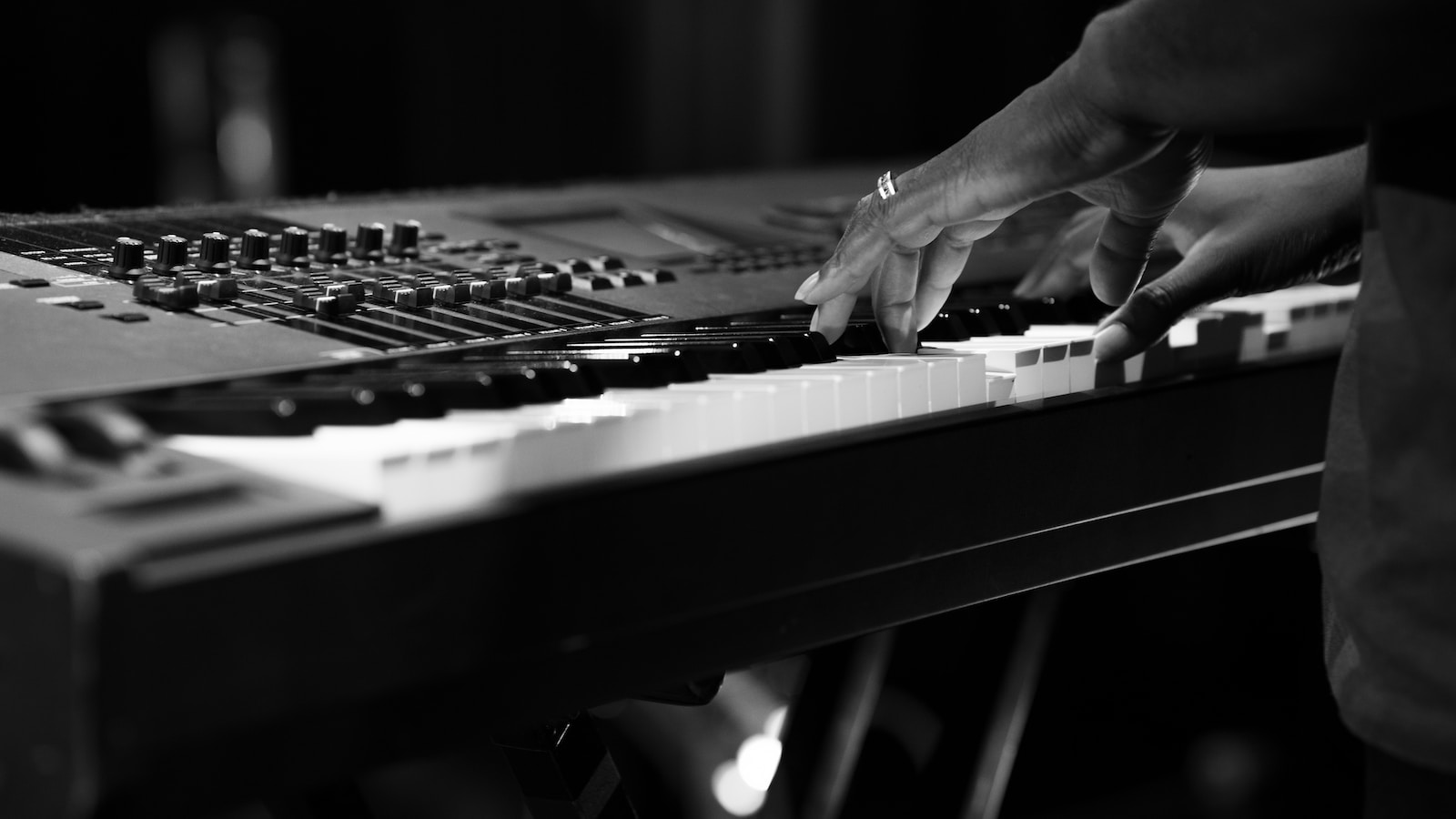
4. Connectivity:
Many digital pianos have built-in speakers and headphone jacks, as well as connectivity to computers and other devices. If you plan to use your digital piano for recording or connecting to other devices, make sure it has the necessary connectivity options.
Some of the most common types of connectivity to look for:
- MIDI: MIDI (Musical Instrument Digital Interface) allows the digital piano to connect with other MIDI-compatible devices, such as computers, synthesizers, and sound modules. With MIDI connectivity, you can use your digital piano as a controller to create and record music, or use it to trigger sounds and effects in other devices.
- USB: Many digital pianos now come with USB ports, which allow you to connect the piano to a computer or other device. This can be useful for recording and transferring music, or for using software applications to enhance your playing and learning experience.
- Audio in/out: Audio in/out ports allow you to connect the digital piano to external speakers or headphones, as well as other audio equipment, such as mixers and amplifiers. This can help you achieve a better sound quality or add effects to your playing.
- Bluetooth: Some digital pianos also offer Bluetooth connectivity, which allows you to connect the piano to other Bluetooth-enabled devices, such as smartphones and tablets. This can be useful for streaming music or using apps to enhance your playing and learning experience.
- Wi-Fi: A few digital pianos also offer Wi-Fi connectivity, which can allow for wireless access to the internet and online resources, such as music libraries and educational content.
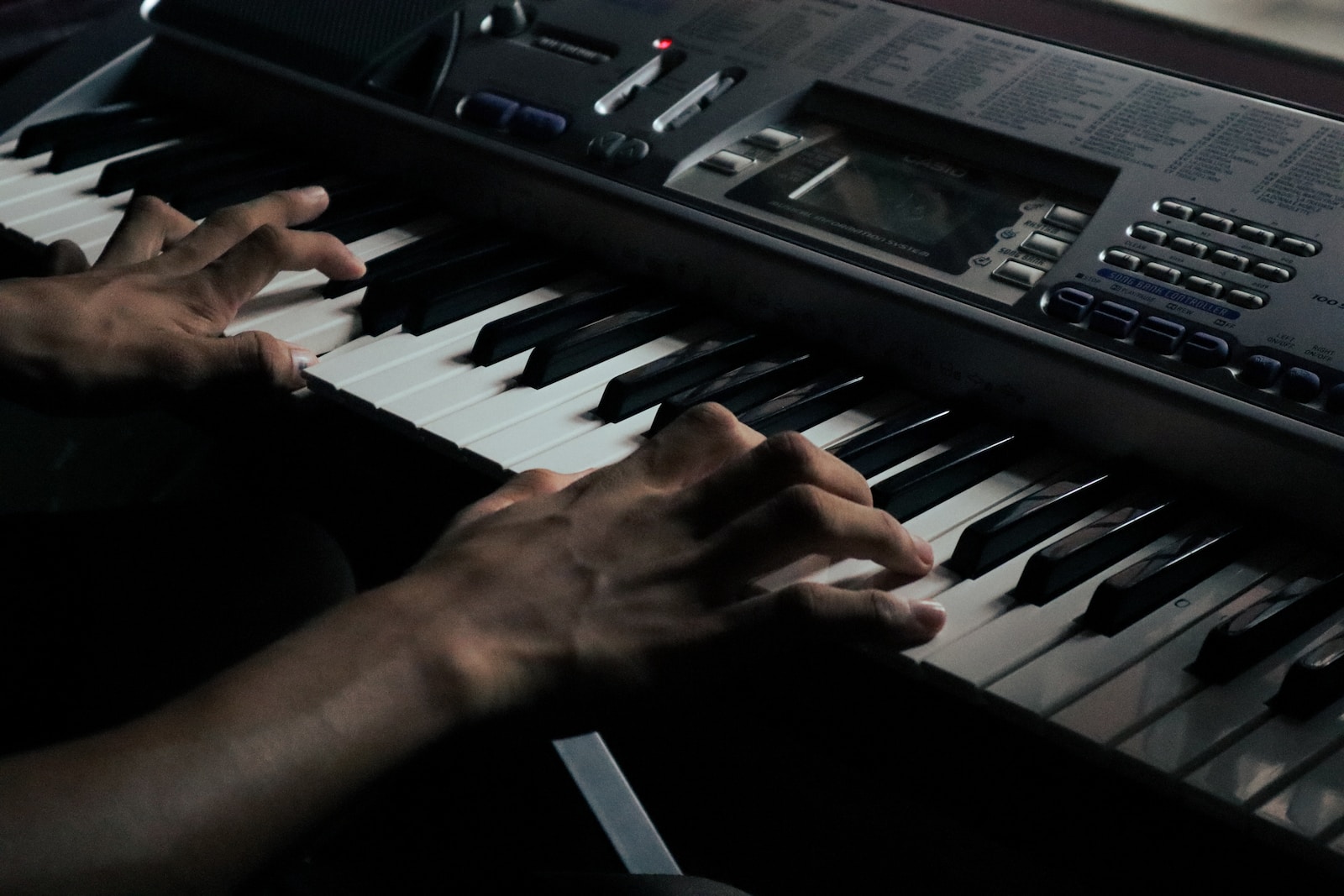
5. Additional features:
Some digital pianos come with additional features, such as built-in effects, drum rhythms, and recording options.
- Recording and playback: Many digital pianos allow you to record your playing and play it back, which can be useful for self-assessment and practice. Some pianos also offer multi-track recording, which allows you to record multiple parts separately and layer them together.
- Metronome and drum rhythms: A metronome is a useful tool for practicing timing and rhythm, and many digital pianos include a built-in metronome with adjustable tempo and beat settings.
- Lesson modes: Some digital pianos offer built-in lesson modes or learning tools, such as built-in exercises, instructional videos, or interactive music learning apps. These can be especially useful for beginners or those looking to improve their playing skills.
- Sound customization: Some digital pianos offer various sound customization options, such as the ability to adjust the tone, reverb, and other effects. This can allow you to create a sound that’s tailored to your personal preferences and playing style.
- Headphone jacks: Most digital pianos come with a headphone jack, which can be useful for practicing in private or for playing late at night without disturbing others.
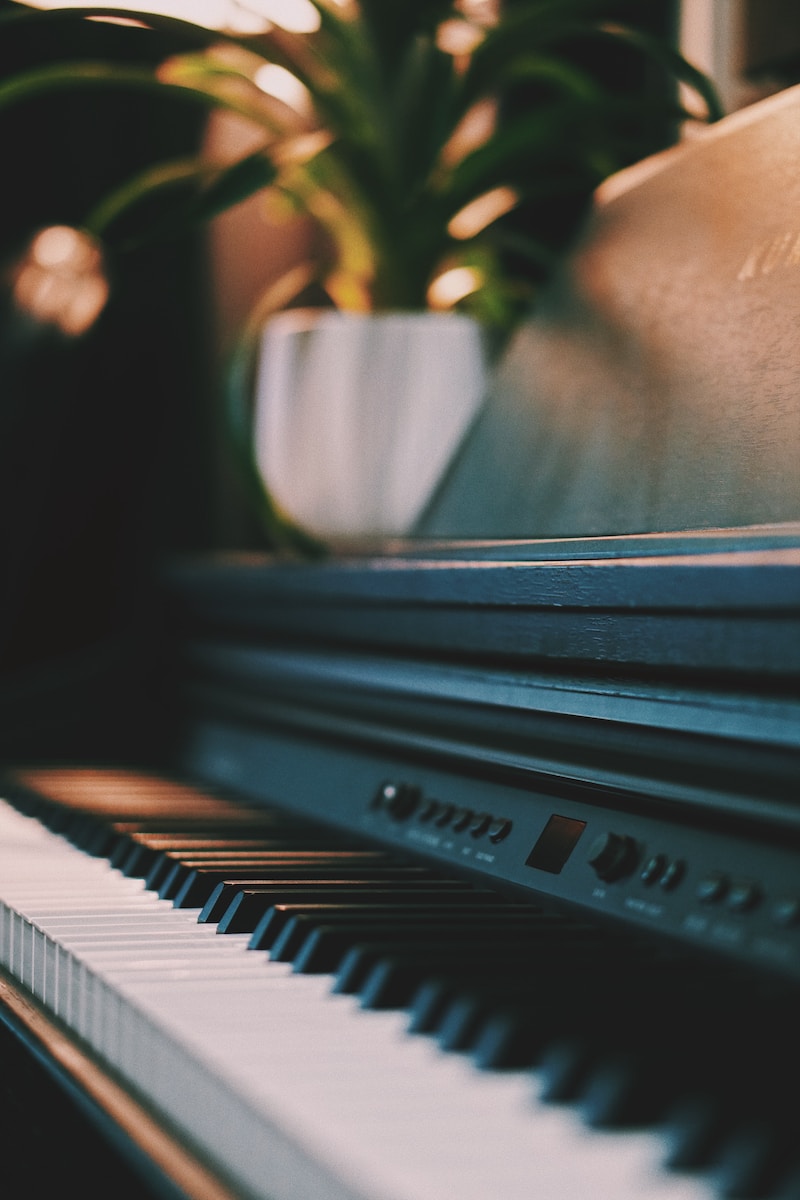
6. Built-quality:
The build quality and materials used in a digital piano are important factors to consider, as they can affect the durability, playability, and overall quality of the instrument.
Here are some key considerations:
- Key action: The quality and feel of the keys is crucial to the playability of the digital piano. Look for a piano with keys that feel responsive and well-weighted, and that provide a good tactile sensation. The materials used in the keys can also make a difference – some pianos use synthetic materials that mimic the feel of real ivory or ebony, while others use plastic.
- Cabinet and stand: The cabinet and stand of a digital piano should be sturdy and well-built to ensure stability during play. Some pianos have cabinets made of high-quality wood, which can add to the aesthetic appeal of the instrument, while others have more basic plastic or metal cabinets.
- Pedals: The pedals of a digital piano should also be well-built and sturdy, with a good response and feel. Some pianos come with a sustain pedal only, while others offer additional pedals for half-pedaling or other functions.
- Speakers: The quality and size of the speakers can affect the overall sound quality of the digital piano. Look for a piano with high-quality speakers that produce clear, well-balanced sound, and that are positioned in a way that provides good projection.
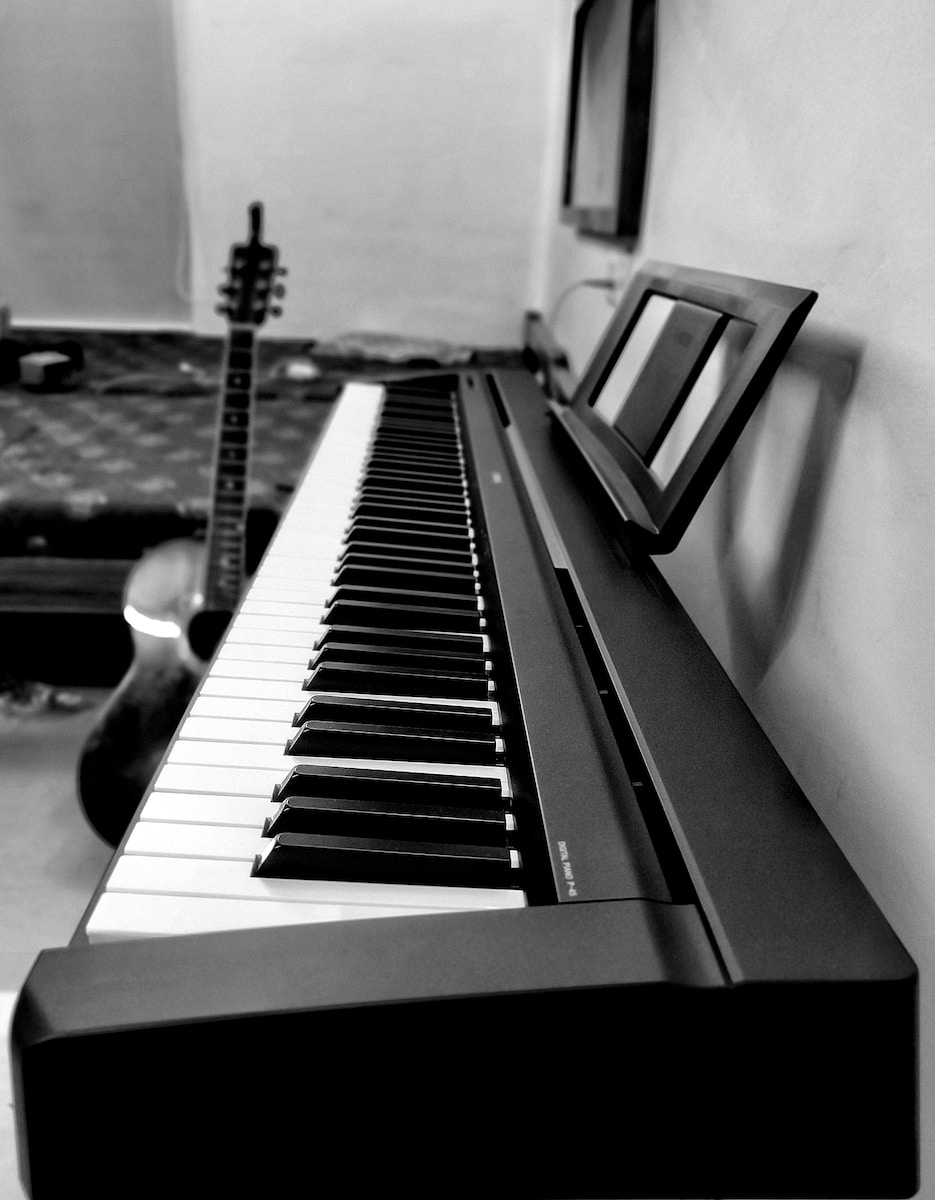
7. Portability:
Some digital pianos are more portable than others. If you plan to move your piano around or take it to gigs, look for a digital piano that is lightweight and easy to transport.
Finally, when choosing a digital piano, it’s also important to try out different models in person, if possible, to get a feel for the keyboard action, sound quality, and other features. Reading online reviews and seeking advice from experienced pianists can also be helpful.
By carefully considering all of these factors and finding the right balance between quality and affordability, you can select a digital piano that will provide you with a great playing experience and help you achieve your musical goals.

